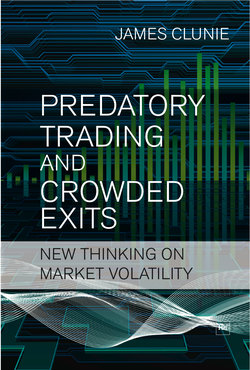Читать книгу Predatory Trading and Crowded Exits - James Clunie - Страница 16
Reverse broking
ОглавлениеTraders can find shortcuts to the problem of synchronisation risk. In practice, arbitrageurs can enter immediately into seemingly attractive positions and then proceed to advise their known contacts, such as brokers and peers, of the attractiveness of that position. This is sometimes known as ‘reverse broking’. In their observational study of a hedge fund, Hardie and MacKenzie (2007) observed the following situation:
The trader asked his assistant to construct a spreadsheet of recent prices of the two bonds, which supported the view that it was indeed an anomaly and thus a trading opportunity. Having first made the necessary purchases and short sales to take advantage of it, the trader then phoned a contact in an investment bank to direct his attention to the anomaly – ‘There is at least half a point in that trade, and there is zero market risk’ – and sent him the spreadsheet.
The purpose of this activity is to encourage dissemination of the idea and to alert other arbitrageurs to the opportunity. This has two effects: first, it lowers the risk of greater divergence of the position from fair value, so limiting margin calls and the risk of performance-based arbitrage. Secondly, it might bring the trades of other actors forward in time, thus reducing synchronisation risk. This suggests a social dimension to arbitrage, well beyond simply identifying mis-priced securities. Where such reverse broking is based on the interpretation of factual information (as opposed to false rumours) it is an entirely legitimate activity.
